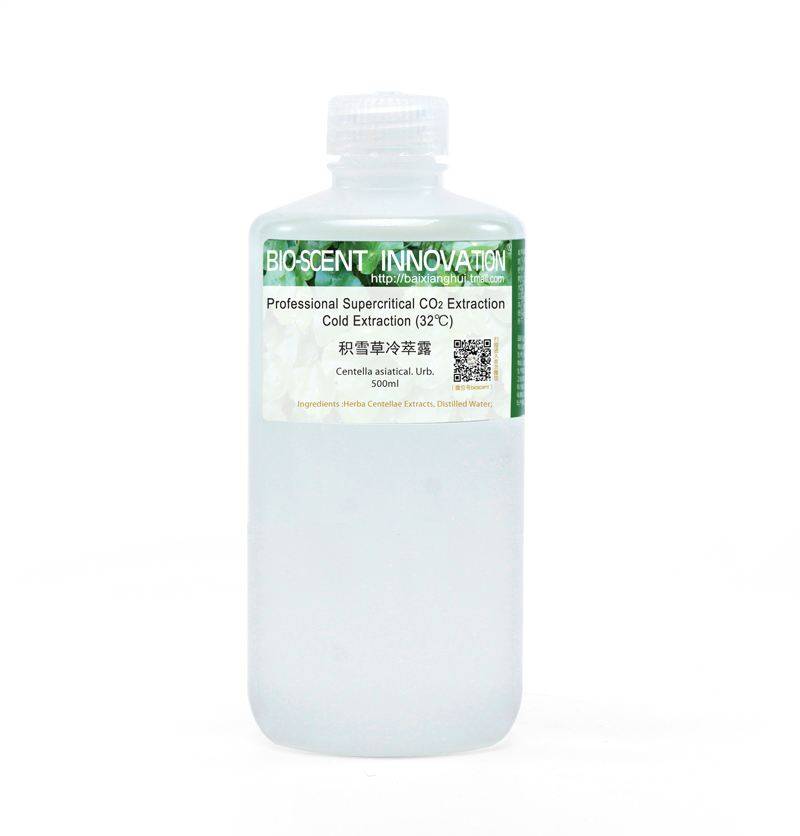下面是它的decode方法:
protected Object decode(ChannelHandlerContext ctx, ByteBuf in) throws Exception { ByteBuf frame = (ByteBuf)super.decode(ctx, in); return frame == null ? null : DnsMessageUtil.decodeDnsQuery(this.decoder, frame.slice(), new DnsQueryFactory() { public DnsQuery newQuery(int id, DnsOpCode dnsOpCode) { return new DefaultDnsQuery(id, dnsOpCode); } }); }decode接受一个ByteBuf对象,首先调用LengthFieldBasedFrameDecoder的decode方法,将真正需要解析的内容解析出来,然后再调用DnsMessageUtil的decodeDnsQuery方法将真正的ByteBuf内容解码成为DnsQuery返回 。
这样就可以在自定义的handler中处理DnsQuery消息了 。
上面代码中,自定义的handler叫做Do53ServerInboundHandler:
class Do53ServerInboundHandler extends SimpleChannelInboundHandler<DnsQuery>从定义看,Do53ServerInboundHandler要处理的消息就是DnsQuery 。
看一下它的channelRead0方法:
protected void channelRead0(ChannelHandlerContext ctx, DnsQuery msg) throws Exception { DnsQuestion question = msg.recordAt(DnsSection.QUESTION); log.info("Query is: {}", question); ctx.writeAndFlush(newResponse(msg, question, 1000, QUERY_RESULT)); }我们从DnsQuery的QUESTION section中拿到DnsQuestion,然后解析DnsQuestion的内容,根据DnsQuestion的内容返回一个response给客户端 。
这里的respone是我们自定义的:
private DefaultDnsResponse newResponse(DnsQuery query, DnsQuestion question, long ttl, byte[]... addresses) { DefaultDnsResponse response = new DefaultDnsResponse(query.id()); response.addRecord(DnsSection.QUESTION, question); for (byte[] address : addresses) { DefaultDnsRawRecord queryAnswer = new DefaultDnsRawRecord( question.name(), DnsRecordType.A, ttl, Unpooled.wrappedBuffer(address)); response.addRecord(DnsSection.ANSWER, queryAnswer); } return response; }
经验总结扩展阅读
- MySQL该使用哪种CPU架构服务器?
- Pwn学习随笔
- 微信用过的小程序怎么找回 使用过小程序怎么找回
- mac小辣椒适合黄皮的人使用吗?
- 教你如何练出胸肌 如何练出胸肌
- vivo怎么看每天手机使用时间 vivo手机怎么看一天用手机时长
- 冰箱1-7档哪个最冷 使用冰箱档位的注意事项有哪些
- 空调除湿模式耗电量大吗 空调除湿模式的使用方法有哪些
- 保温材料有哪些 使用保温材料的注意事项有哪些
- 榆木家具刷漆好还是木蜡油 木蜡油使用要注意什么















